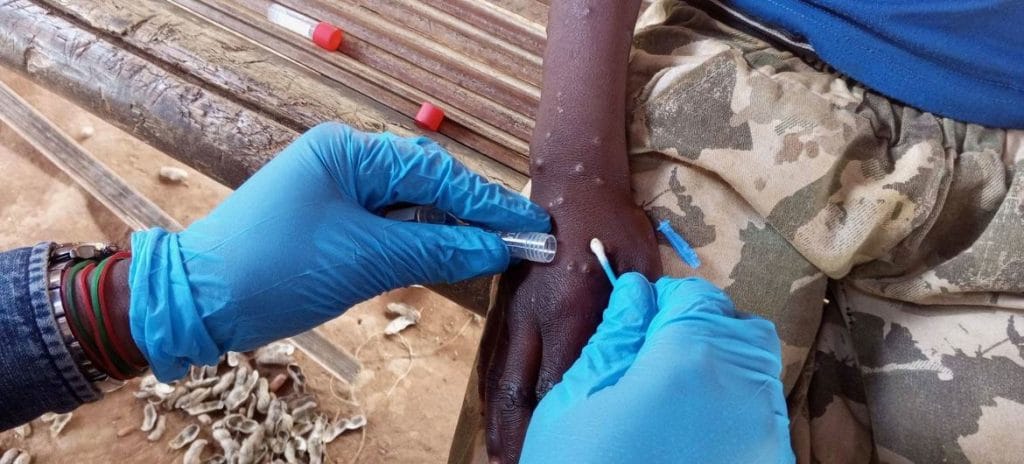Malawi’s health authorities have confirmed the country’s sixth case of Mpox, intensifying concerns about the local transmission of the virus within Lilongwe, the capital city, where all the confirmed cases have been reported.
The Public Health Institute of Malawi (PHIM) revealed in a report on May 1 that the most recent patient is an 18-year-old male student from the Tumbwe area in Lilongwe’s Area 36. The student sought treatment at Bwaila Hospital on April 30 after experiencing typical symptoms of Mpox, including fever, fatigue, shortness of breath, and a skin rash. Laboratory tests later confirmed the presence of the virus.
Although the student had not recently traveled outside the country, health officials determined he had been in close contact with a previously confirmed Mpox case, suggesting local transmission remains a concern.
The confirmation of this sixth case has raised alarm about the potential for widespread community transmission, particularly as Lilongwe, with its dense population, could be a hotspot for the virus’s spread. All six cases have been reported in the city, which underscores the urgent need for effective containment measures.
Mpox, caused by the monkeypox virus, is a viral zoonotic disease closely related to smallpox. The virus spreads through close physical contact, including with infected individuals, animals, or contaminated objects. Symptoms typically start with flu-like symptoms before progressing to a skin rash. While the disease is often mild, severe cases can occur, especially among vulnerable populations like children and those with weakened immune systems.
Historically confined to Central and West Africa, Mpox has gained global attention since 2022, with outbreaks prompting emergency responses in countries worldwide. Malawi, however, has not experienced significant Mpox outbreaks in the past, making the current situation a pressing concern.
In response to the outbreak, Malawi’s health authorities have ramped up surveillance and response efforts. The Lilongwe District Rapid Response Team has been deployed to the affected areas to conduct contact tracing and advise on home-based care. The PHIM has also activated its Incident Management System (IMS) to ensure a coordinated response across national and local levels.
A “One Health” approach, which integrates efforts from human, animal, and environmental health sectors, is being used to address the outbreak comprehensively. Rapid response teams have been mobilized across the city, and a National Emergency Medical Team remains on standby to assist with any escalations.
Malawi’s Ministry of Health has called on the public to stay calm while remaining vigilant. Citizens are encouraged to report any symptoms early, avoid close contact with suspected cases, and adhere to recommended hygiene practices.
As the Mpox outbreak unfolds, the broader Southern African region has been on high alert for potential resurgences of the virus. Malawi’s porous borders, high urban density, and limited healthcare infrastructure heighten the risk of further spread. Unlike Western countries that have deployed vaccines and implemented travel restrictions, Malawi is relying heavily on community engagement, public health messaging, and isolation measures to control the outbreak.
PHIM has pledged to continue providing regular updates and has intensified efforts to raise public awareness, particularly in the affected areas of Lilongwe.
“Protecting the health of Malawians remains our top priority,” the institute stated.
As the situation evolves, the ongoing Mpox outbreak serves as a critical test of Malawi’s ability to manage emerging public health challenges and prevent the disease from spreading further across the country.



